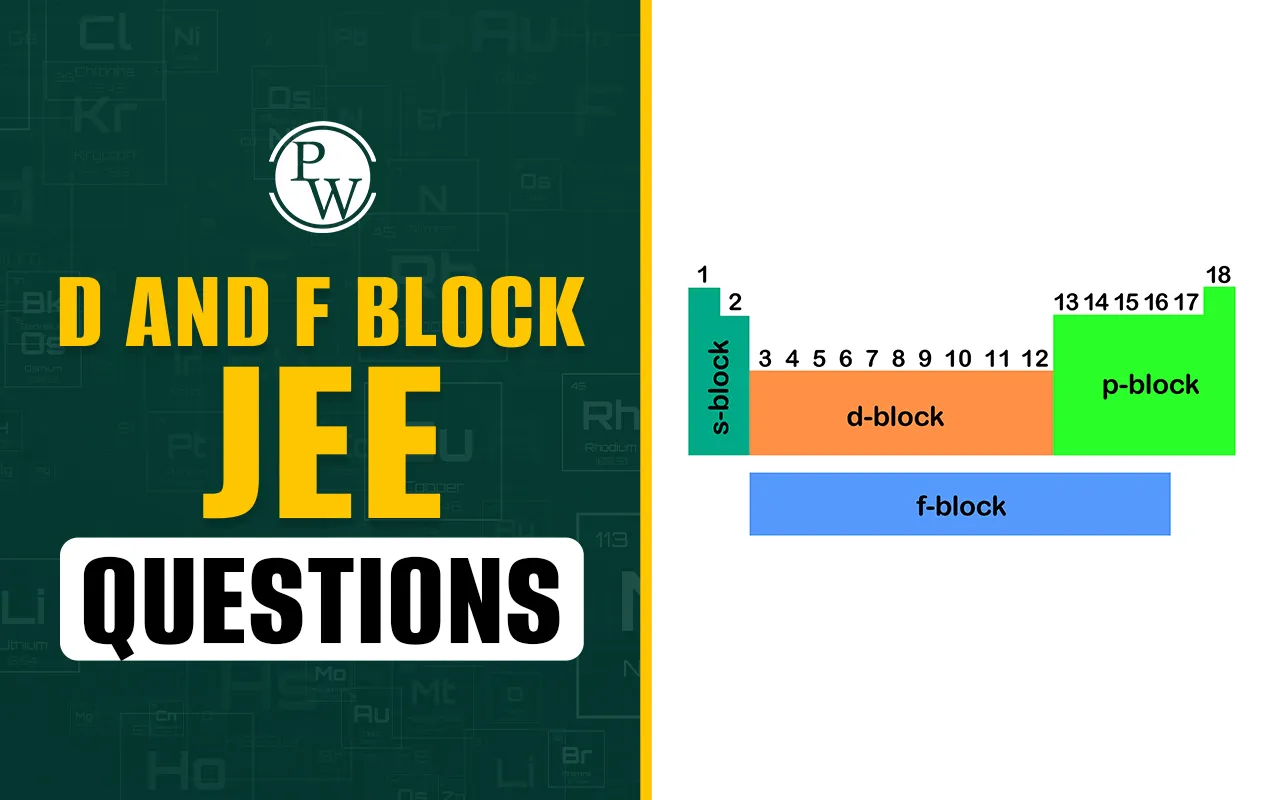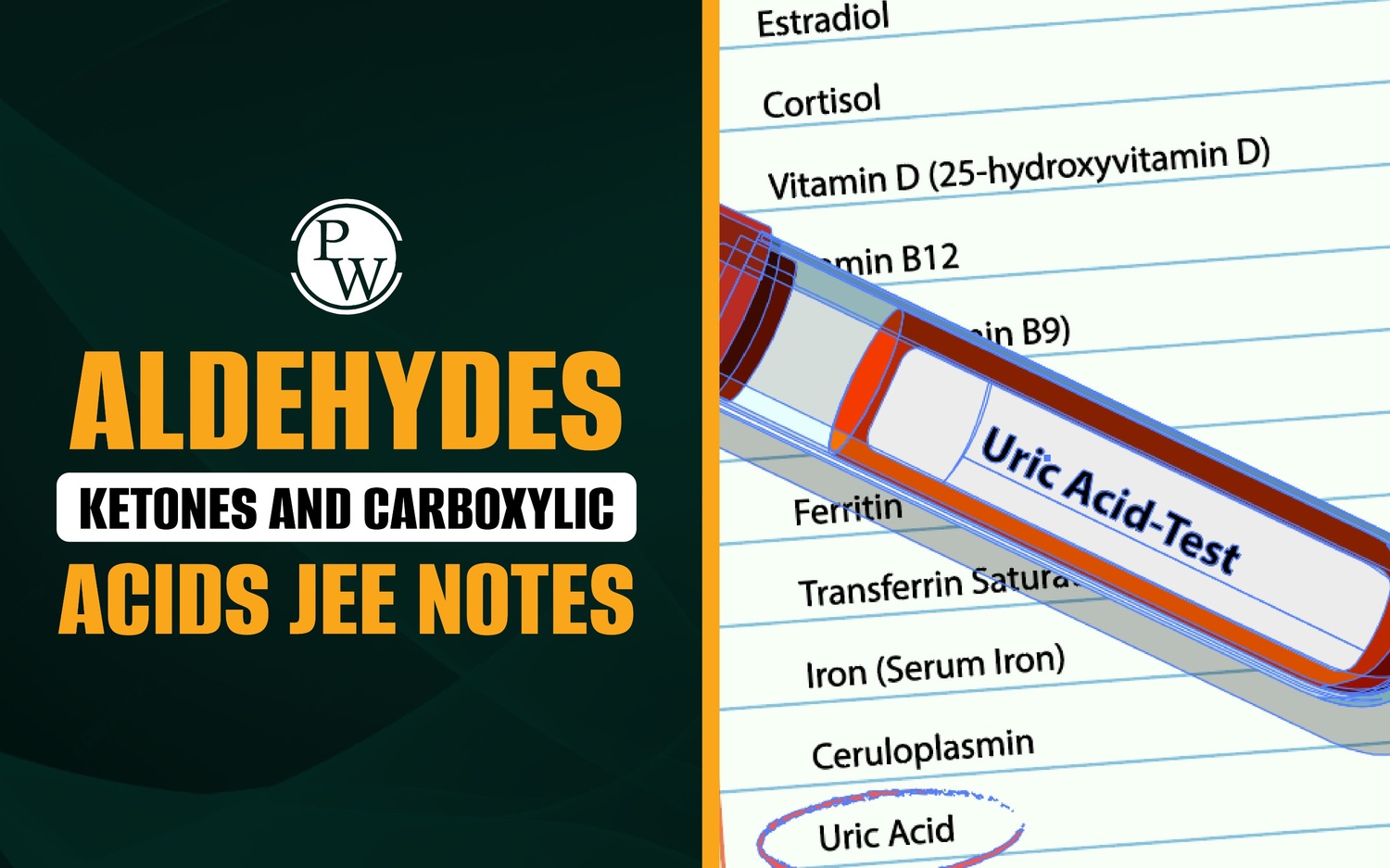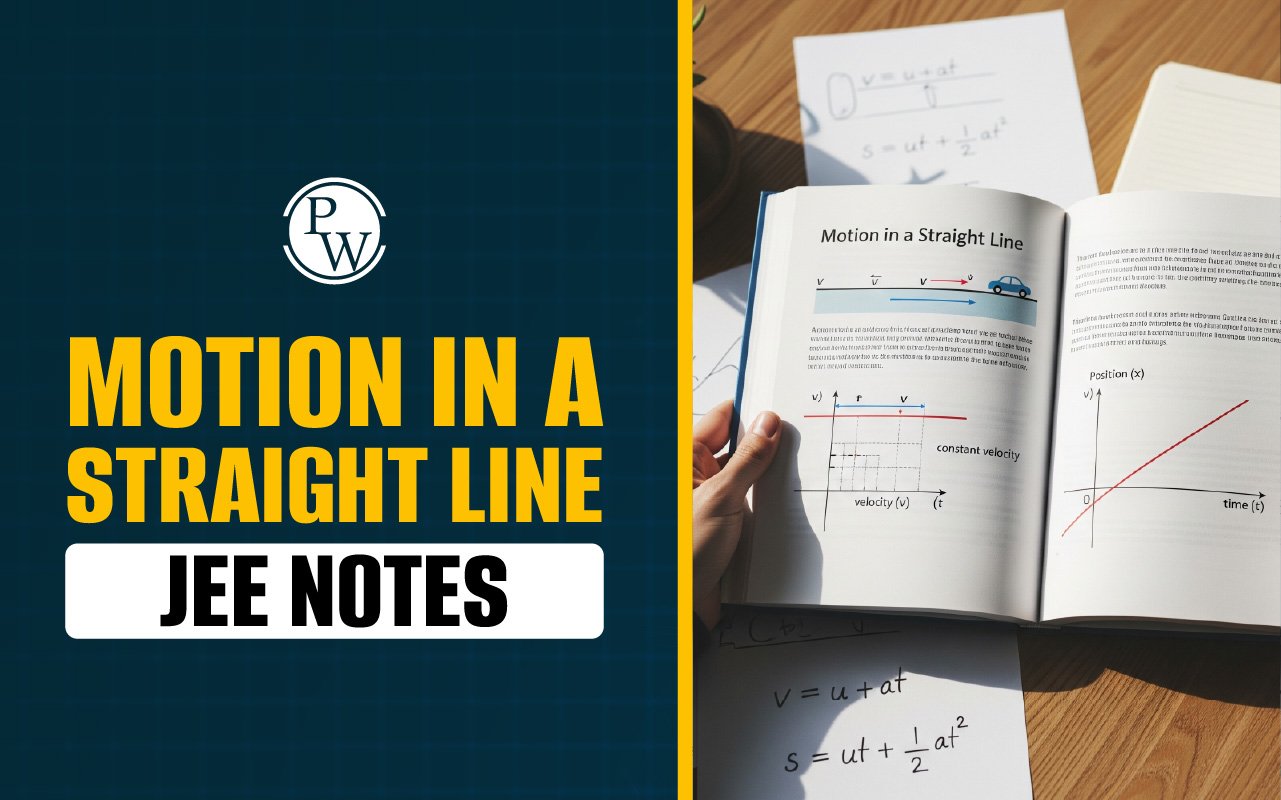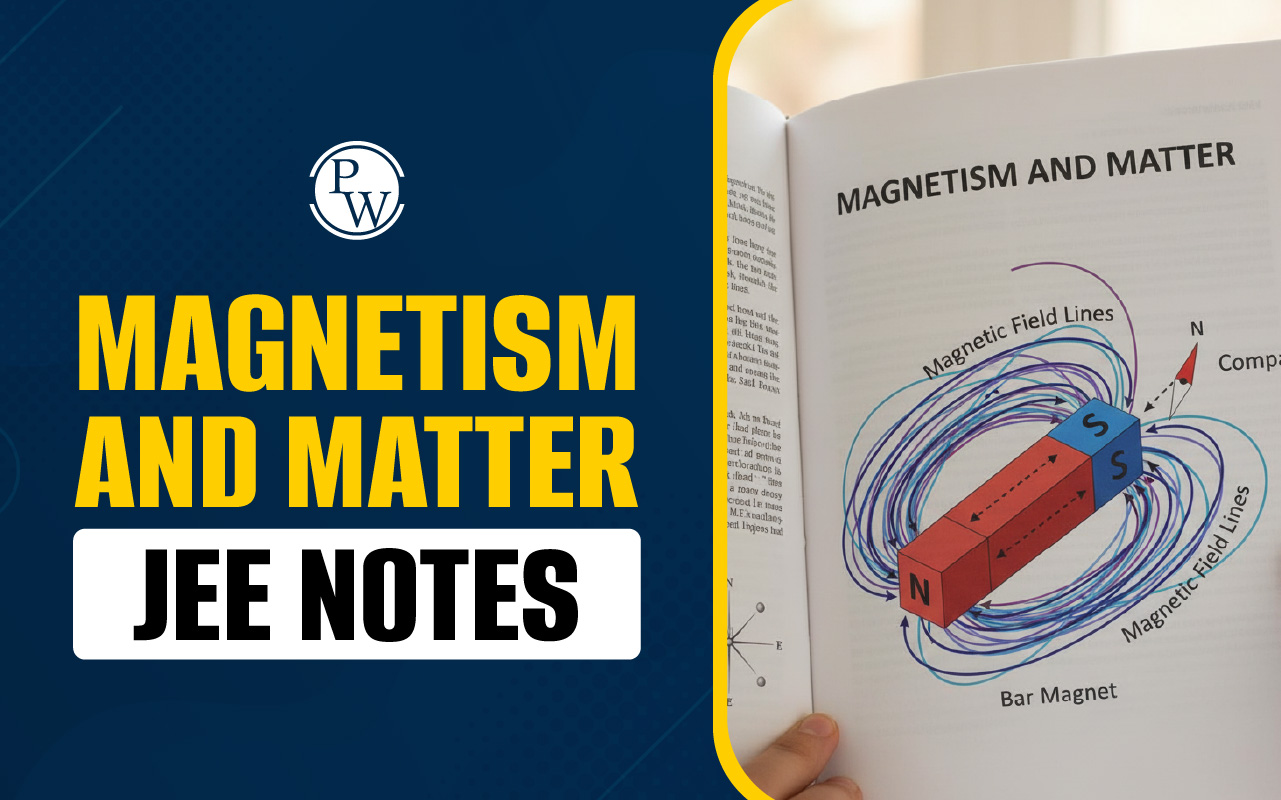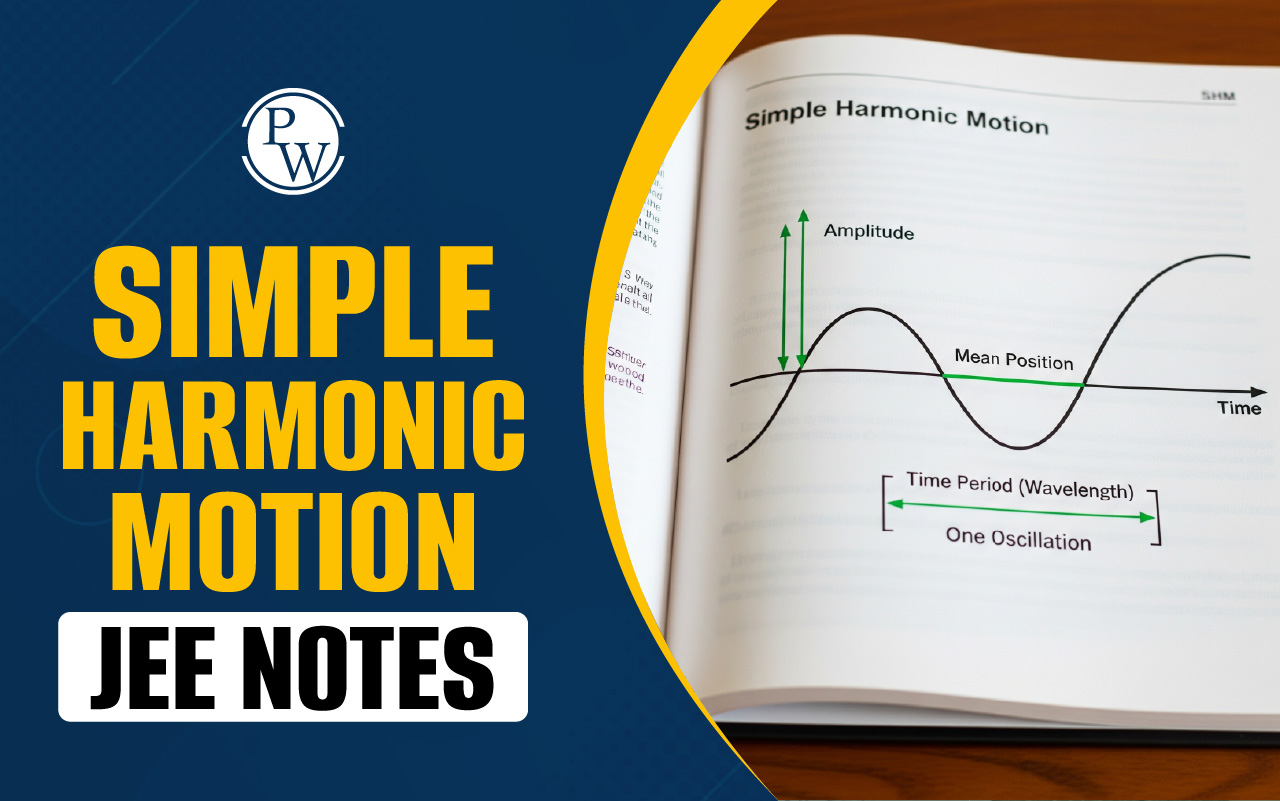
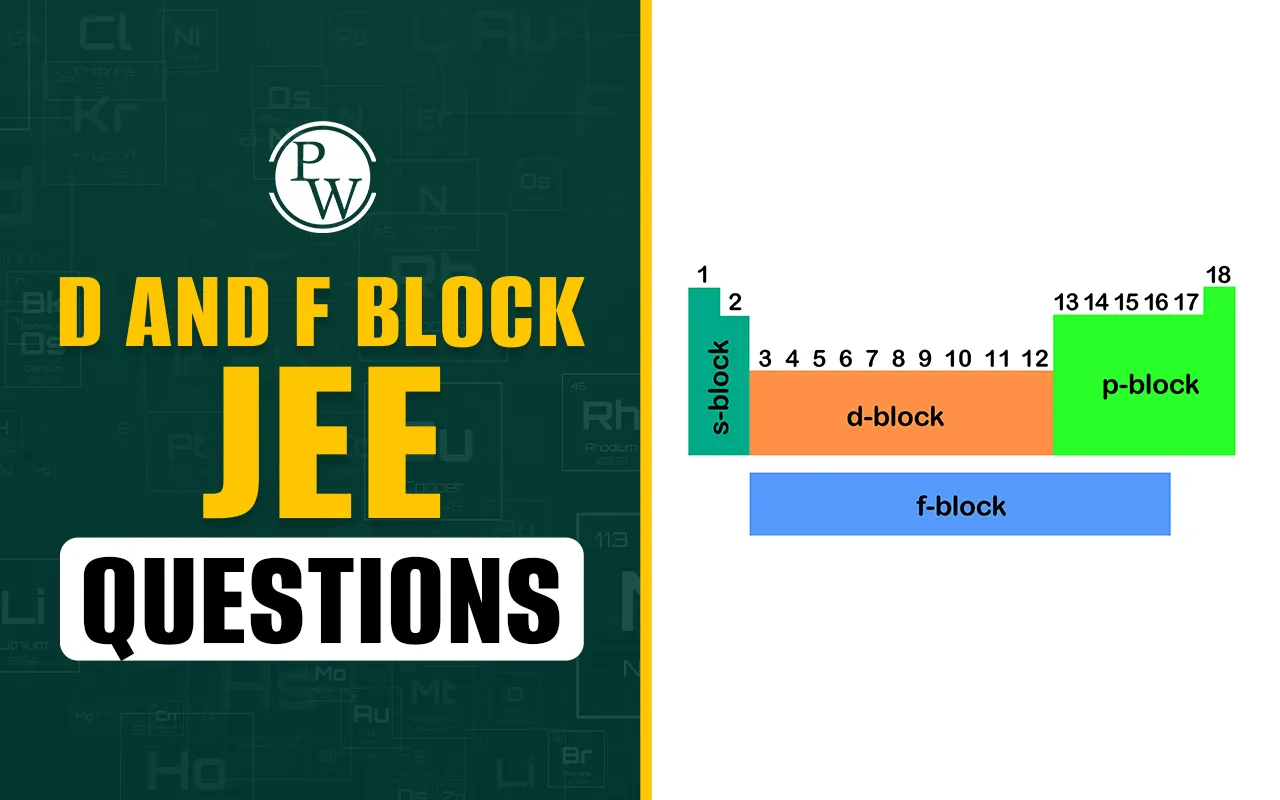
D and F Block JEE Questions: d and f Block Elements is an essential topic for JEE aspirants studying Inorganic Chemistry. It is a part of the NCERT Class 12 Chemistry curriculum and is crucial for JEE Main and Advanced exams. In this topic, students get to learn about the chemistry of transition metals (d-block) and inner transition metals (f-block). The students are familiar with the elements of these two blocks, their properties, and their importance.
Learning all these concepts helps students clear their doubts and score well in the D and F block JEE questions, as well as in JEE inorganic previous year questions. Students who practice these questions will develop better accuracy and speed while building their confidence for the JEE exam.
D and F Block JEE Questions Overview
The data presented demonstrates the essentiality and examination value of this chapter. It is a must for the students to practice the important questions based on the d-block and f-block elements. The reason is that the students will be able to score some easy marks as a majority of the questions asked are direct questions based on the NCERT. Moreover, as mentioned in the JEE Main exam pattern, this chapter usually has multiple-choice questions (MCQs), numerical-based questions, and some assertion-reason type questions.
D and F Block Important JEE Questions
Practice is the most important step towards perfection. Solving d and f block JEE Mains questions help students to get familiar with the JEE exam patterns, the concepts that are repeated most frequently, and the types of problems that come every year.
Single Correct Type Questions
1. Which one of the following ions has the maximum number of unpaired electrons?
A. Mg²⁺
B. Ti³⁺
C. V³⁺
D. Fe²⁺
2. Which of the following sequence is incorrect?
A. Sc, V, Cr, Mn – increasing number of oxidation states
B. MO, M₂O₃, MO₂, MO₅ – decreasing basic strength
C. d⁵, d³, d¹, d⁴ – increasing magnetic moment
D. Co²⁺, Fe³⁺, Cr³⁺, Sc³⁺ – increasing stability
3. The atomic number of V, Cr, Mn and Fe are respectively 23, 24, 25 and 26. Which one of these may be expected to have the highest second ionization enthalpy?
A. Mn
B. Fe
C. Cr
D. V
4. Which of the following represents only coloured ions?
(I) Fe³⁺ (II) Sc³⁺ (III) Cu²⁺ (IV) Cr³⁺
A. I and III only
B. II, III and IV only
C. I, II and III only
D. I, III and IV only
5. Among the following series of transition metal ions, the one where all metal ions have 3d² electronic configuration is
A. Ti³⁺, V²⁺, Cr³⁺, Mn⁴⁺
B. Ti⁴⁺, V⁴⁺, Cr⁶⁺, Mn⁷⁺
C. Ti⁴⁺, V³⁺, Cr²⁺, Mn³⁺
D. Ti²⁺, V³⁺, Cr⁴⁺, Mn⁵⁺
6. Select the incorrect statement:
A. The melting point of Mn is lower than that of Cr in 3d series.
B. The melting point of Hg is higher than that of Cd in 5d series.
C. The melting point of W (tungsten) is highest in 5d series.
D. The order of melting points of 3d, 4d and 5d series is: 5d > 4d > 3d
7. Select the incorrect statement:
A. The atomic radii of 4d series are larger than those of 3d series
B. The atomic radii of 4d and 5d series are almost same.
C. Stability of the M³⁺ ions in aqueous solution is: Sc³⁺ > Cr³⁺ > Fe³⁺ > Co³⁺
D. Basic strength of the hydroxides is: La(OH)₃ < Y(OH)₃ < Sc(OH)₃
8. Select the incorrect statement:
A. The higher oxidation state for d-block elements is most stable with F
B. The bond strength order of the following ions is: Zn₂²⁺ > Hg₂²⁺ > Cd₂²⁺
C. The ionic size of the following ions is: Mn²⁺ > Fe²⁺ > Co²⁺ > Ni²⁺
D. Mn₂O₇ exists but MnF₇ does not
9. Among the following pairs of ions, the lower oxidation state in aqueous solution is more stable than the other in
A. Ti⁴⁺, Ti³⁺
B. Cu⁺, Cu²⁺
C. Cr²⁺, Cr³⁺
D. V²⁺, VO²⁺
10. Select the incorrect statement:
A. Orbital angular momentum for first series of transition metals is of no significance.
B. The observed paramagnetism in 4f-block elements is due to the contribution of motion of the electron and its spinning around its axis.
C. Highest paramagnetism in 3⁺ oxidation state is shown by Mn¹⁺.
D. Highest paramagnetism in +2 oxidation state is shown by Mo²⁺.
Watch D and F Block JEE Question Practice Video on YT
D and F Block JEE Questions PDF with Solution
PW offers a PDF containing well-selected d and f block JEE questions and detailed step-by-step answers as well as solutions to facilitate effective preparation. This practice material also includes the important theory points, short tricks and explanations for better understanding of concepts.
d and f Block JEE Questions
Practice with Free PDF
d and f Block JEE Questions FAQs
Q1. How many questions come from d and f Block in JEE Main?
Q2. What is the weightage of d and f Block in JEE Advanced?
Q3. How should I prepare d and f Block for JEE?
Q4. Are d-block and f-block questions tough in JEE?
Q5. Where can I find practice questions with solutions?

